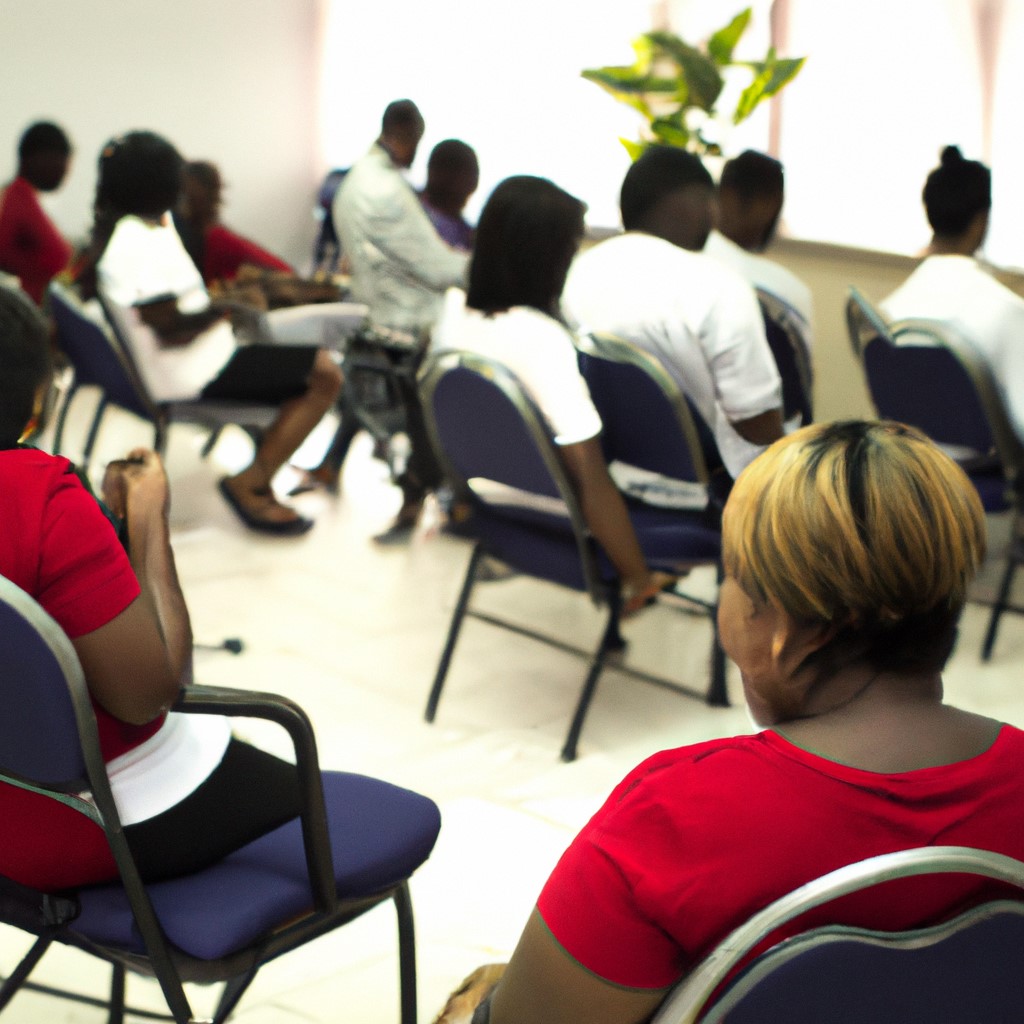How to run a capacity building workshop
Building Your Workshop Foundation
Running a capacity building workshop is a fantastic way to help individuals and organizations develop the skills and knowledge they need to thrive. Whether you’re a seasoned facilitator or just starting out, creating a strong foundation for your workshop is key. In this article, we’ll explore some tips and strategies to help you build a solid foundation for your capacity building workshop.
Building Your Workshop Foundation
To ensure the success of your capacity building workshop, it’s important to start with a strong foundation. Begin by clearly defining the workshop’s objectives and goals. This will help you stay focused and ensure that your participants know what to expect. Additionally, consider conducting a needs assessment to determine the specific areas of development that your workshop should address.
Next, carefully select your workshop’s content and materials. Make sure they are relevant, engaging, and provide practical tools and strategies that participants can apply in their daily lives. Additionally, create a detailed agenda that outlines the flow of the workshop, including breaks and activities to keep participants energized and engaged.
Energize and Engage Your Participants
One of the keys to a successful capacity building workshop is to keep your participants energized and engaged throughout the sessions. Start by creating a warm and welcoming environment where participants feel comfortable sharing their thoughts and ideas. Use icebreaker activities to help break the ice and foster connections amongst participants.
Incorporate a mix of individual, small group, and whole group activities to cater to different learning styles and preferences. Encourage active participation through discussions, group work, and hands-on activities. Incorporate technology, such as online polling or interactive presentations, to make the sessions interactive and fun.
Creating a Dynamic Learning Environment
Creating a dynamic learning environment is crucial to ensure that participants get the most out of your capacity building workshop. Use a variety of teaching methods, such as lectures, case studies, role plays, and multimedia presentations, to cater to different learning preferences. Incorporate visuals, such as charts, graphs, and videos, to enhance understanding and retention of the material.
Encourage open and respectful communication amongst participants. Create opportunities for participants to share their experiences, ask questions, and provide feedback. Foster a positive and inclusive atmosphere where everyone feels valued and heard. This will promote active engagement and collaboration among participants.
Unlocking Creativity and Collaboration
Effective capacity building workshops promote creativity and collaboration. Encourage participants to think outside the box and explore innovative solutions to problems. Incorporate brainstorming sessions, group discussions, and problem-solving activities to foster collaboration and collective thinking.
Provide opportunities for participants to network and connect with others in their field. Breakout sessions or networking events can help facilitate meaningful connections and foster collaboration beyond the workshop. Encourage participants to share their contact information and create a supportive community where they can continue to exchange ideas and support one another.
Designing Effective Capacity-Building Activities
Designing effective capacity-building activities is essential to ensure that participants gain practical skills and knowledge that they can implement in their work. Break down complex concepts into smaller, manageable tasks. Incorporate hands-on activities, case studies, and simulations to provide participants with opportunities to practice and apply what they’ve learned.
Ensure that your activities are aligned with the workshop’s objectives and goals. Clearly communicate the purpose of each activity and how it relates to the overall learning outcomes. Provide clear instructions, materials, and resources to support participants in completing the activities successfully.
Empowering Participants for Long-Term Success
A successful capacity building workshop empowers participants for long-term success. Create an action plan at the end of the workshop, where participants can outline the steps they will take to apply what they’ve learned. Provide resources, such as handouts, templates, or online materials, that participants can refer to after the workshop.
Follow up with participants after the workshop to check on their progress and offer support. Provide opportunities for ongoing learning and development, such as webinars, online courses, or networking events. Encourage participants to share their successes and challenges with the group to foster continued learning and support.
Running a capacity building workshop is an exciting and rewarding endeavor. By building a strong foundation, energizing and engaging participants, creating a dynamic learning environment, unlocking creativity and collaboration, designing effective activities, and empowering participants for long-term success, you can ensure that your workshop makes a lasting impact on the growth and development of individuals and organizations. So go ahead and start planning your workshop – you have the tools and knowledge to make it a resounding success!

